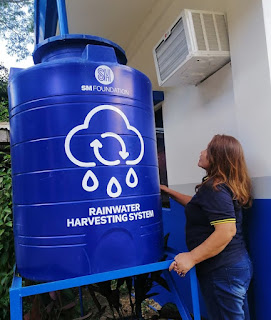Coastal land reclamation: A glimpse into today’s urban development strategies
Coastal land reclamation is increasing and will continue to grow and be a popular urban strategy in places that experience urban growth. This is according to a study, “Mapping 21st Century Global Coastal Land Reclamation,” that analyzed landsat satellite images from 2000 to 2020 to quantify spatial extent, scale, and land use of urban coastal reclamation of 135 cities globally with populations exceeding one million. Key findings indicate that 78% of these cities have turned to reclamation to create additional land, resulting in 253,000 hectares of new land, an area equivalent to Luxembourg. Land reclamation is the process of creating new land from the sea. It’s often used in places with scarcity of land and high population density for many purposes. From Western Europe and West Africa to the Middle East, East Asia, and Southeast Asia, these countries’ cities reclaim lands for port extension, residential/commercial, and industrial purposes aimed at creating tourist and green spaces

